Onboarding and Adoption of new Software
The GFoundry platform can help you implement an easy-to-use and impactful solution, making your new software adoption easier to achieve.
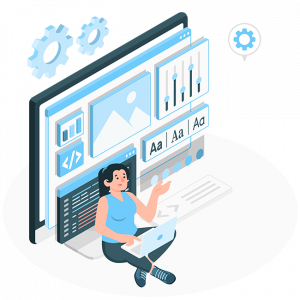
New updates or entirely new versions of software such as SAP, Sales Force, A3 Software, or Microsoft, sometimes have slow adoption curves, and it is crucial to ensure that the organization gets the most potential out of them as quickly as possible.
The onboarding process for software adoption can be difficult to manage, as a potential problem can only be identified in the long term. However, there are digital onboarding solutions, like GFoundry, that can provide a top-notch employee onboarding experience.
To keep it simple, software onboarding is the digital onboarding phase where employees learn how to use new software.
Onboarding vs Adoption
Onboarding is the process of integrating new software into an organization’s workflows and processes. It is an essential part of the implementation process and helps ensure that employees are equipped with the skills, knowledge, and resources they need to use the software effectively.
Adoption, on the other hand, is the process of ensuring that all stakeholders, from employees to management, are using the software effectively to maximize its benefits. It’s about creating an environment where users are motivated to use the software, and it becomes an essential part of their workflow.
What is Technology Adoption Curve?
We could also call it the product adoption curve, with categories like:
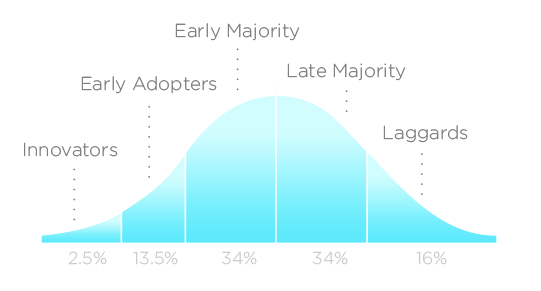
Why do you need to know your new product acceptance curve?
To take timely precautions and make sure everyone adopts it in a timely manner.
1. Innovators
Innovators are probably the people who suggested you adopt a new software, or they are just excited about using the software.
Even if they are few in number, they are qualified advocates for employee adoption.
2. Early adopters
Early adopters may not be as eager as innovators, but they are basically the ones who want to give the new software a chance.
They may not be the strongest advocates, but they are among those who can inspire the early majority.
3. Early majority
The early majority, as the name implies, is a large portion of the people you want to adopt, and their main focus is on the benefits they might get.
These people may not be eager to adopt a child, but they can be convinced with a little pressure.
4. Late majority
The Late Majority, on the other hand, is a difficult group that does not think about adopting until it’s a necessity.
Even if they are not ready, they still represent a large portion of your target audience.
5. Laggards
Finally, the laggards are the people who openly resist change.
They may want to maintain the status quo, but that will not keep them from being the direct target of your inbound champions.
Onboarding and Adoption of new software with GFoundry
Software has become an integral part of many organizations. Implementing new software can be a game-changer for businesses and can significantly improve their workflows, increase efficiency, and productivity. However, it’s not enough just to buy new software to get the benefits.
If you want to take advantage of the full potential of leading platforms such as SAP, Sales Force, A3 Software or Microsoft, you will have to ensure that you have effective onboarding and high employee adoption.
We use a methodology based on missions, very visual and structured, so that they serve as a guide for each employee to understand the path they have to follow to achieve each objective.
In GFoundry’s missions, each milestone can be configured with several sub-objectives to be completed.
In the picture beside we give an example of what could be the milestones of a new software adoption mission.
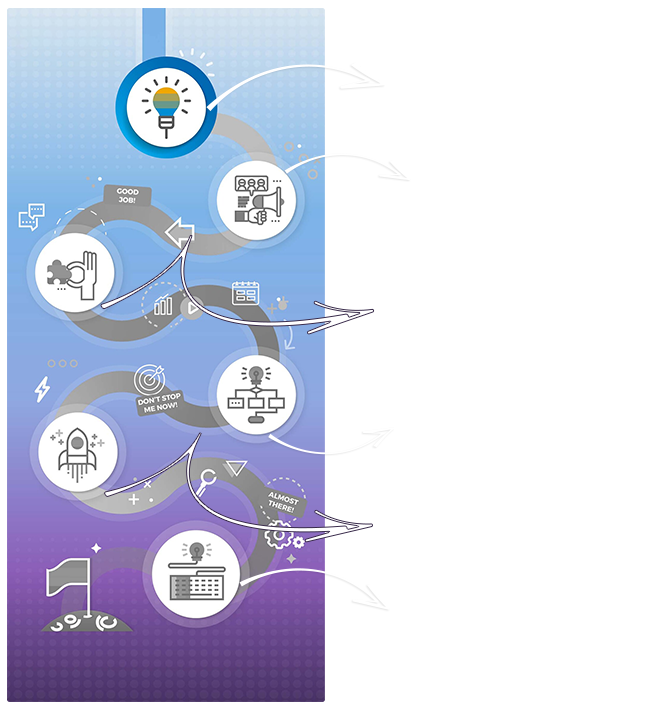
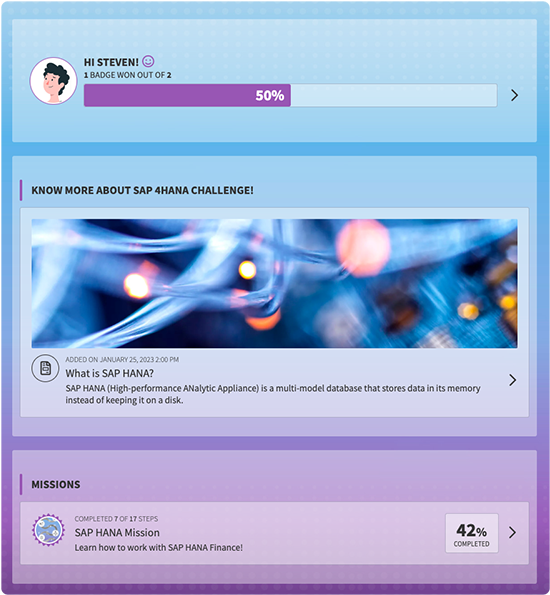
Here are some tips for a successful onboarding and adoption of new software:
1. Communication is key
Effective communication is critical to successful software implementation, onboarding and adoption. Ensuring that everyone involved is aware of the new software solution and its benefits, and how it will fit into their daily workflows. This can be achieved through regular meetings, emails and training. Keeping employees regularly updated will help them feel engaged in the process and encourage them to adopt the new tool.
2. Establish Clear Goals and Objectives
It’s essential to establish clear goals and objectives before implementing new software. This will help you measure success and identify areas for improvement. It’s essential to identify what problems the software will solve and how it will benefit the organization.
GFoundry OKR module can help your teams and individuals set and track their objectives and key results.
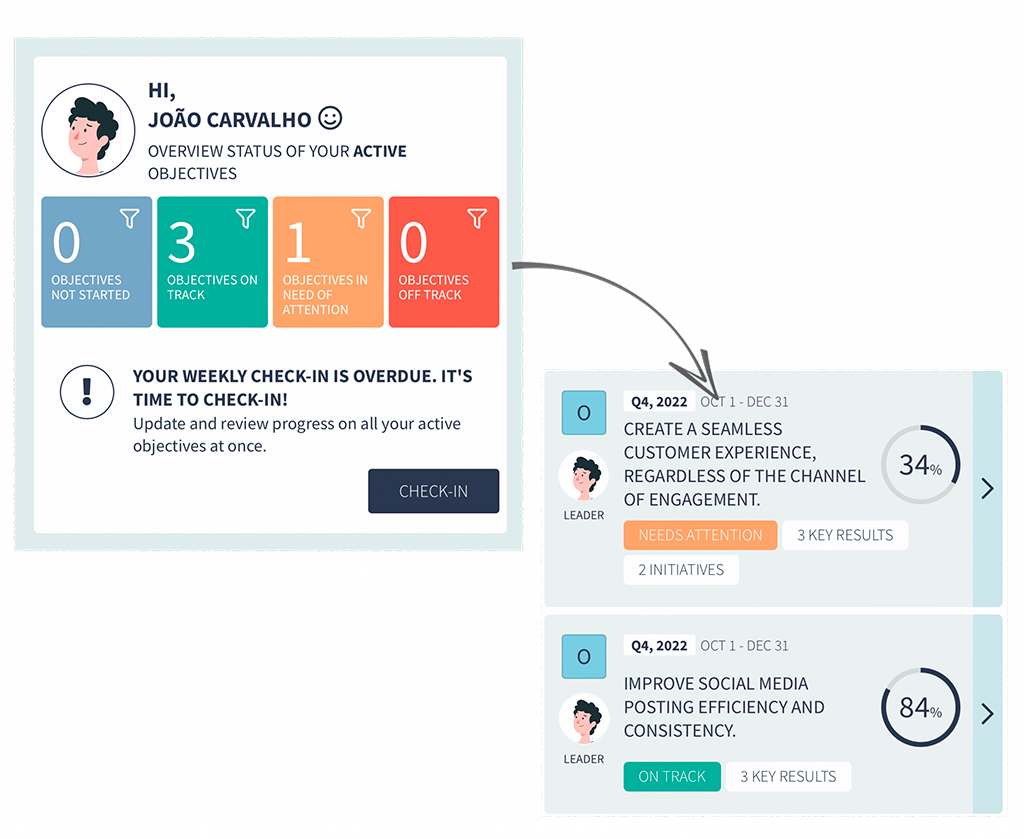
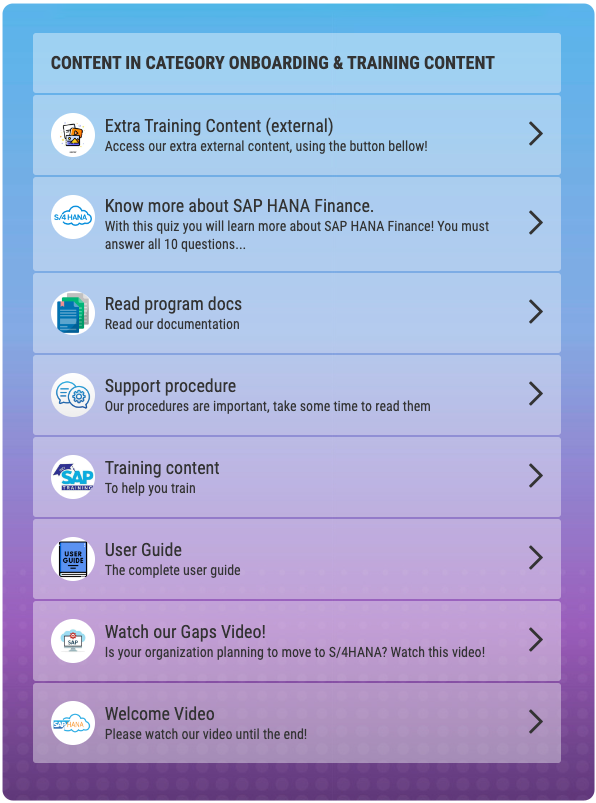
3. Provide Adequate Training and Support
One of the most important factors in onboarding and adoption of new software is providing adequate training and support. This includes providing employees with the necessary knowledge and skills to use the software effectively, as well as ongoing support to ensure any issues are quickly resolved. Training should be tailored to each employee’s needs, and support should be easily accessible.
Our Learn Module it is a perfect solution is the perfect tool to implement agile and effective learning processes using the Micro-Learning methodology.
4. Encourage User Feedback and Engagement
Encouraging user feedback and engagement is an essential part of onboarding and adoption of new software. It’s important to create an environment where users feel comfortable sharing their thoughts and experiences with the software. Regular surveys and feedback sessions can help identify any issues and make necessary adjustments to ensure successful adoption.
With our Feedback Module you can give your employees a voice!

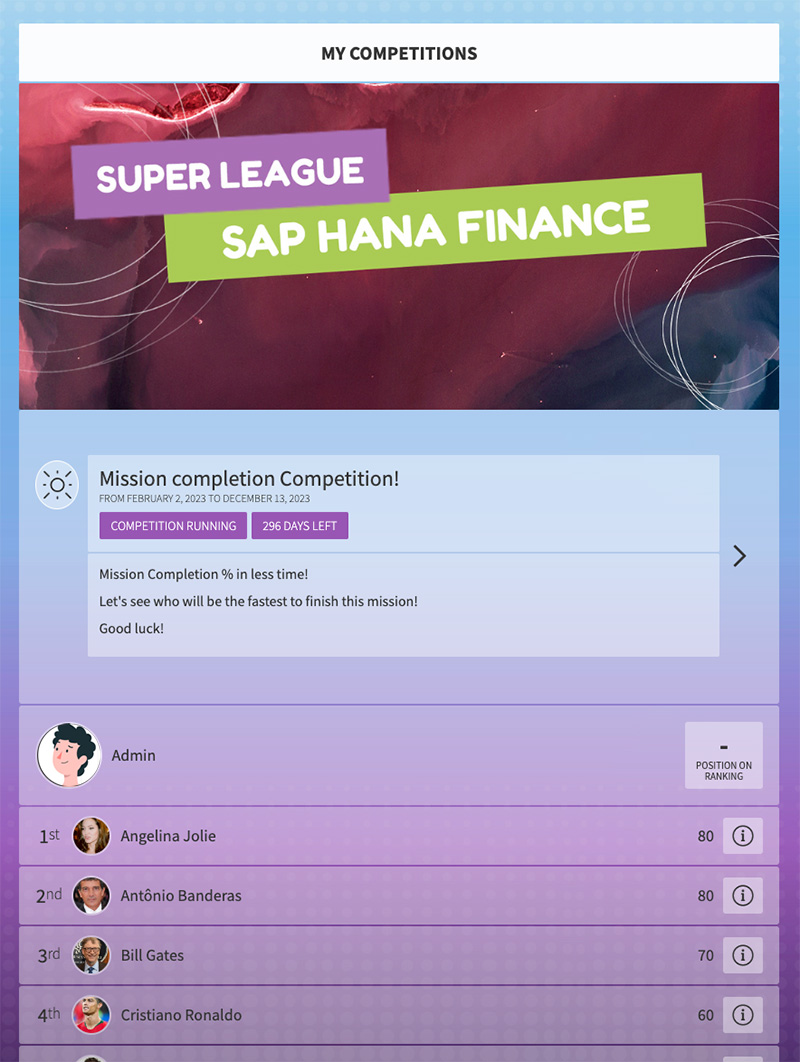
5. KPIs Gamification: Turn the performance of your employees and teams into a game!
With our gamification engine and the Competitions Module, you can set goals in your new software adoption processes, and reward the people and teams that achieve those goals the fastest.
All these dynamics, when designed with a strong narrative and consistent with the organizational culture, can play a key role in motivating and aligning your employees, making your onboarding and adoption experience much more dynamic and interactive.
6. Measure Success and Make Adjustments
Measuring success is an important aspect of onboarding and adoption of new software. It’s essential to set clear metrics that can be used to evaluate the success of the implementation.
These metrics can include user adoption rates, employee feedback, and the impact on the organization’s overall efficiency and bottom line. Based on the metrics, adjustments can be made to ensure successful adoption.
GFoundry’s Engagement Thermometer Module allows you to learn about key trends, sentiments and behaviour patterns across the company through continuous feedback from the entire community.

Digital Customer Onboarding
When the adoption of a new software has to be done by a new customer
For customers, digital customer onboarding provides a more convenient and accessible onboarding experience. This can help reduce the time and effort required to get started with a new product or service, and can make the overall onboarding experience more enjoyable and less stressful!

Ensure that the adoption curve of your digital products is fast
The customer acquisition process has evolved to include a digital component. This process, known as digital customer onboarding, involves using technology to facilitate the acquisition and management of new customers but also has to ensure that the adoption curve of your digital products is fast.
Digital customer acquisition typically begins when a customer expresses interest in a product or service. This can happen through a variety of channels, such as a website, social media, or email. Once the customer expresses interest, the onboarding process begins.
Some of the typical steps in this process are:
1. Collect customer information
The first step in the digital onboarding process is usually to collect customer information. This information can include personal details such as name, address and contact information, as well as information about the customer’s interests and preferences. Capturing this information digitally allows companies to streamline the onboarding process and reduce the time it takes to get a customer up and running.
2. Identity verification
Once customer information is captured, the next step in the digital onboarding journey is usually identity verification. This is a critical step because it ensures the customer is who they say they are and helps prevent fraud. Digital identity verification methods include the use of biometrics, such as fingerprints or facial recognition, or electronic documents, such as passports or driver’s licenses.
3. Creation of an account
Once the customer’s identity has been verified, the next step in digital customer onboarding journey is usually the creation of an account. This involves setting up a customer account through which the customer can access the product or service for which they have signed up. Setting up a digital account can include creating a username and password and selecting account preferences and settings.
4. Provide training and support
Once the customer account is set up, the final step of the digital customer onboarding journey is usually to provide training and support. This is important because it ensures that the customer understands how to use the product or service and is able to get the most out of it. Digital training and support can include providing instructional videos, online documentation, or access to customer service representatives via chat or email.
5. Follow-up
It is important to track and measure the usage and satisfaction rate of your customers and, based on the data collected, act accordingly.
With the GFoundry platform you can implement these journeys and make the digital onboarding of your customers a much more pleasant, less stressful and effective experience, which can contribute to higher customer satisfaction and loyalty.
Keep on reading
Ready to get started?
Take the next step and learn more about how GFoundry can help you.
